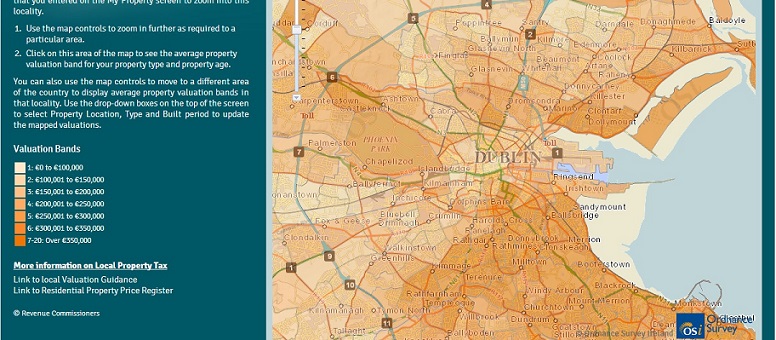The one question I hate to hear asked is “What are we doing about Big Data“?
Seriously, what are we doing about Big Data? There is no right answer to this question. What have you been doing with your data all along? Nothing? Managing it in silos?
No one should be asking “What are we doing about big data?”
The question is “How can we better exploit the data we have to improve our bottom line?”
Big Data is not an amorphous cloud. You might not even be a big data shop – are you really generating that much data? How much of it are you marrying together? What do you want to get out of it? Do you still expect to summarise it on a PowerPoint slide deck?
If someone were to ask me now, what are you doing about big data, here is what I would say first:
- What are you doing with the data you already have?
- Have you got someone with an overview on all the data you have?
A lot of companies have neither, to be honest, and there is very little you can do with data if you do not have that overview. This – incidentally – is why data science is sexy. A data scientist isn’t someone who plays with big data – it’s someone who plays with all your data and does things with it you might not have imagined for the simple reason that, for example, all your data stream are kept separately.
If you have not got someone with a company wide overview, are you prepared to put someone in place who is not department specific? Someone who has access to all your data, and not just the data of one department? Are you going to break down the silos for your data?
Big data has a rather movable definition, but the definition I tend to work off is Hilary Mason’s: it’s data that one machine cannot handle on its own. After that, the worth is not in that it’s big, or you have a lot of it, but in what you do with it. I hate the word, but how you leverage it. The creativity does not lie in the extent of the data but the vision applied to it.
So, the next time someone asks, what are we doing about big data, what are you going to say?
